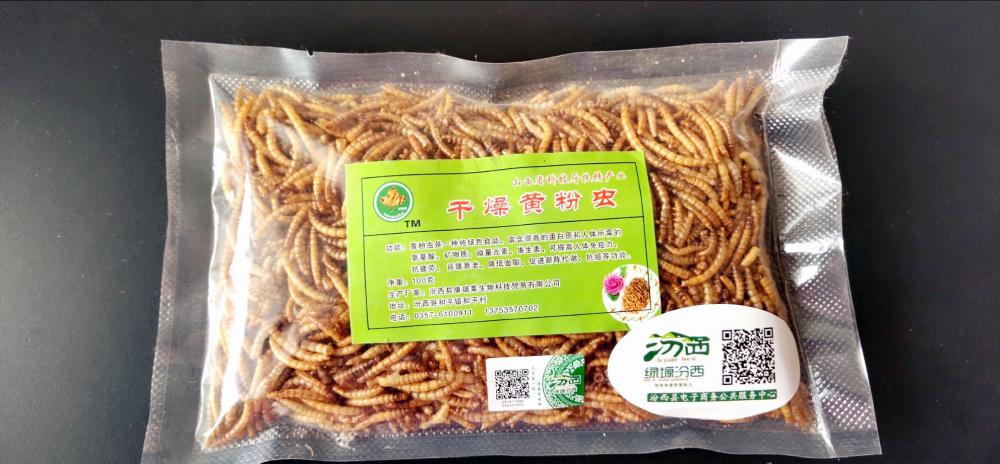Good and bad fertilizer identification method
A look: first look at the packaging and logo, the front should generally be printed with the product trademark, production license number, product standard number, agricultural fertilizer registration number, effective nutrient content identification, production company name, address and fertilizer production date. There are instructions for use on the back of the bag. Next, look at the color of the fertilizer, whether the particles are uniform, etc. The true chemical fertilizer particles are round and uniform in size. The pseudo-degradation fertilizer is generally characterized by uneven particle size, uneven color, and irregular spherical and crumbly particles.
Listening: Grab a chemical fertilizer and let go from a height, let the chemical fertilizer fall freely, and the sound of landing sounds is fine. It is fake chemical fertilizer. The sound is heavy and it is real chemical fertilizer.
Three smells: The particles that have obvious ammonia odor are ammonium bicarbonate, and the fine powder with acidity is heavy calcium phosphate.
Four touch: touch the fertilizer by hand, feeling whether there is obvious moisture and caking phenomenon.
Five observations: whether the fertilizer is dissolved in water. Nitrogen, phosphorus, potassium and trace element fertilizers, in addition to superphosphate, calcium magnesium phosphate fertilizer is difficult to dissolve in water, other generally soluble in water. The fertilizer is put into the red-hot charcoal, and the urea can be quickly melted and emit white smoke; the yellow smoke is sodium nitrate; the purple smoke is potassium nitrate; if the combustion is bright, it is ammonium nitrate; if it appears “boilingâ€, White smoke, there is residual ash is ammonium sulfate; Direct sublimation, white smoke is very strong, there is hydrochloric acid is ammonium chloride.
The yellow mealworm is not only rich in protein, fat, polysaccharid and other organic macromolecular nutrients, but also rich in phosphorus, potassium, iron, sodium, aluminum and other trace elements. For every 100g of the yellow mealworm larvae, the protein content of dry powder is between 48% and 54%, the fat content is between 28% and 41%, and the contents of vitamin E, B1 and B2 are also high. Therefore, the yellow mealworm can provide high quality protein for the abalone, and make the abalone stong and high in nutritions and more delicious.

Abalone Feed,5Kg Abalone Feed,10Kg Abalone Feed,15Kg Abalone Feed
Fenxi Kangruilai Biotechnology Co., Ltd. , https://www.kangruilai-petfeed.com